Ever since we started using them in modern smartphones (old phones like the Sidekick actually used a round AC plug), current standard USB cables are not only convenient, but single handedly responsible for some of our biggest-little frustrations in life. Jabbing away at your phone with a micro USB cable, only to find out you have the damn thing upside down. Yeah, that’s what hell is going to be like. But that’s only half the equation. The same frustrations exist when using the full sized end to plug into the host device/charger. See the illustration below that explains how USB cables actually exist in the 4th dimension.
Pretty much how inserting current USB cables work every time
Okay, so we’re all familiar with the problem facing our current non-reversible USB cables — something Apple actually addressed quite well when introducing their Lightning cable — and in an ongoing fight to find out ways we can better convenience our lives, just what are we as a human race doing about this age old problem? Apparently a lot. The folks responsible for the USB standard have just finalized a new USB Type-C connector which features not only a super handy reversible design (double sided USB 3.1 connections), but a 100W power delivery spec as well.
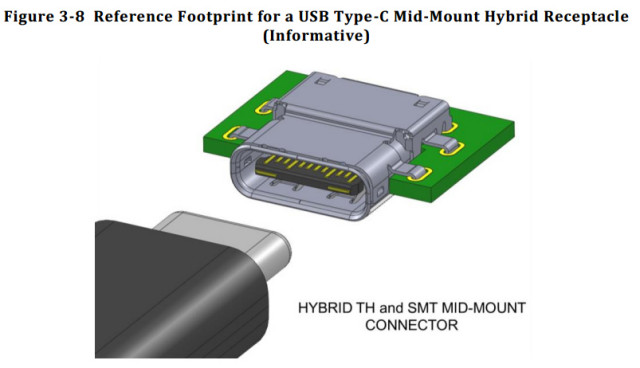
While you would think hardware manufacturers are more than happy with current non-reversible USB connectors, apparently the USB 3.0 Promoter Group says the new Type-C design has been very well received and that “representatives from the PC, mobile, automotive, and IoT industries have been knocking down our door anticipating this new standard.”
So how long before we see this new cable/ports available in our Android an/or PCs? Given the design was only just finalized and how popular current micro USB design is, it will probably take some time before we see wide spread adoption. If we had to guess, we wouldn’t expect to see smartphones using USB Type-C until sometime next year at the earliest. Until then, we’ll continuing doing back flips on those rare occasions we actually slip a USB into its port on the first try.
[USB]


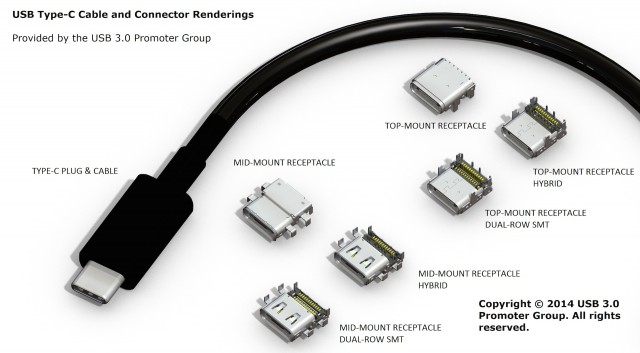

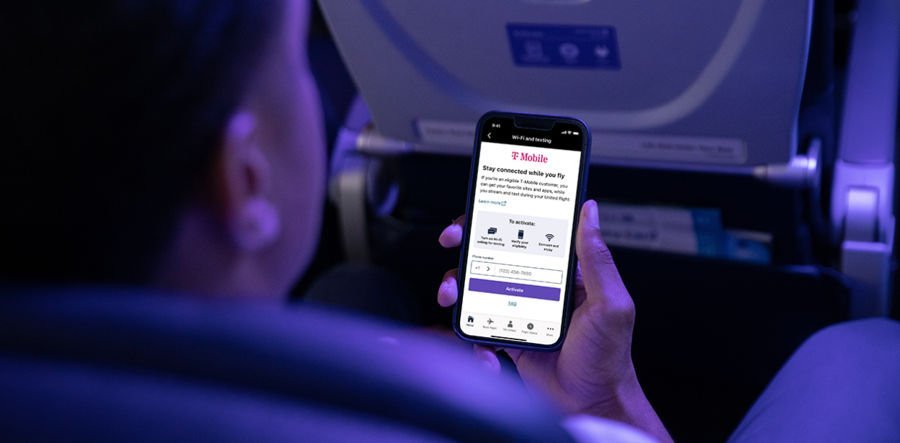
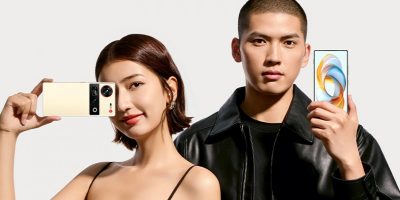
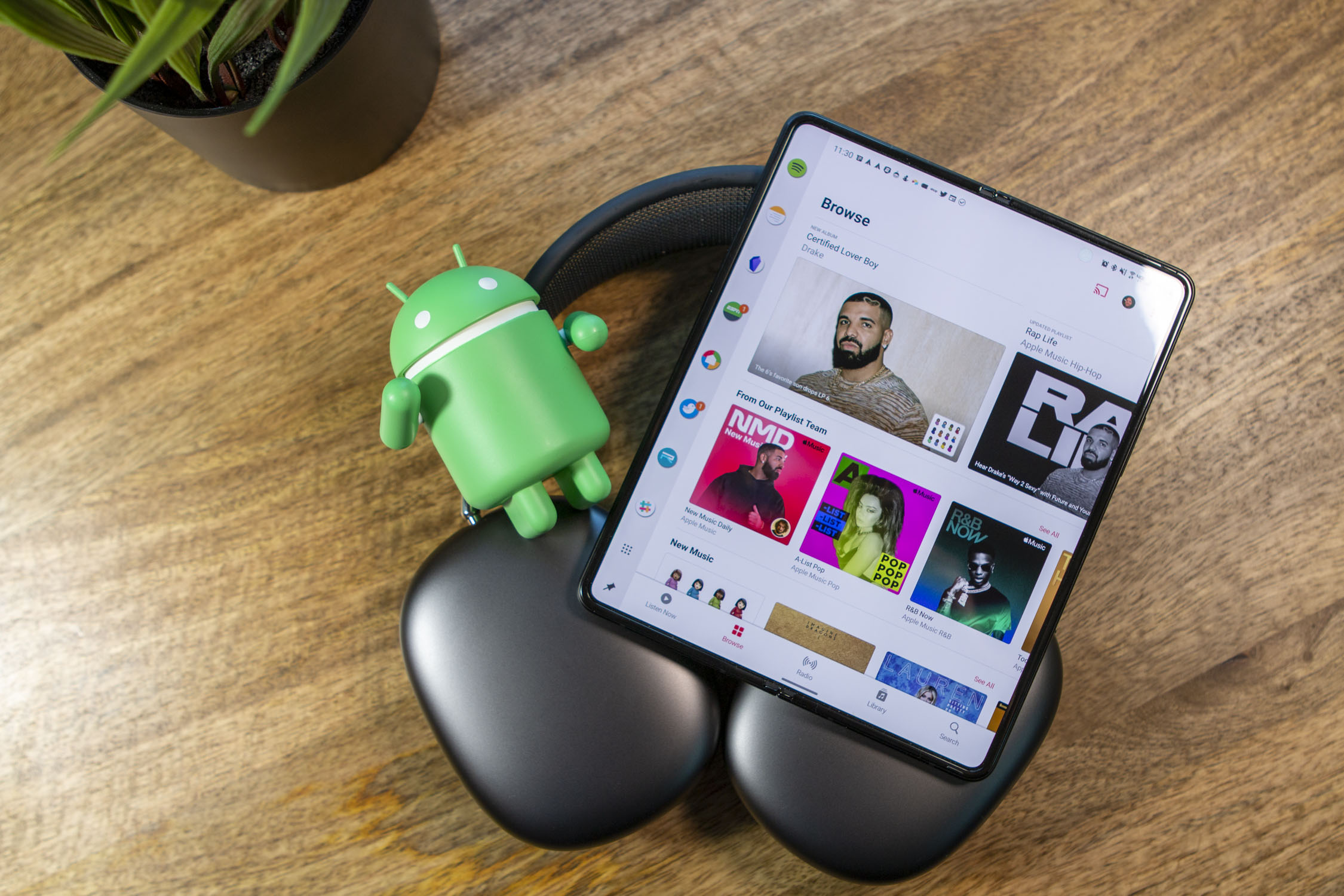

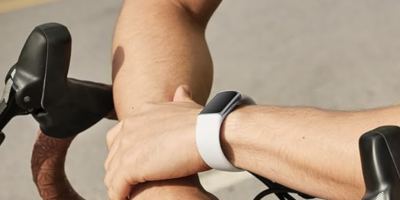
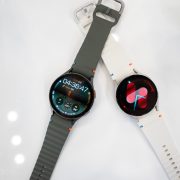


Yay!
“Looks to take the frustration out of failed USB connection attempts”… and replace it with the frustration of replacing all your devices and cables. Thanks but no thanks. (Though I must admit that the 4-dimensional space diagram is spot-on.)
There will be adapters to work under the soon to be old standard until this one becomes widespread enough.
Sure, but that’s a different kind of heck. Knowing when to use the adapter… remembering where you put it… plugging it in. Whichever kind of adapter it is, one side still exists in a 4-dimensional space.
You gotta start somewhere, man. Think of our children.
Maybe their children. Some of mine already have (my old) micro-usb devices.
So innovation and improvements should stop now so we never have to replace anything?
This is why I love QI wireless charging… plugs and wires are for suckers
because the only use for a micro usb connector on a phone or other mobile device is charging….
Right.
When you combine both parts of his post, you deduct he’s talking about those that use USB for charging their devices, and not every other use for them.
It’s also why I love wireless charging. USB cables suck, and it’s about time they made them symmetrical.
Isn’t QI a lot slower?
wall charger: 1-2A
USB: 0.5A
Qi connected to wall charger: 0.7A
It’s faster than charging it by connecting to your computer’s standard USB port.
It can be. But that’s the beauty of options.
If I need a quick boost mid day, plugging in the USB3 cable charges my GS5 pretty fast. If I’m going to bed late at night and I don’t want to wake up the Mrs. by fiddling for a plug in the dark, wireless is great.
I believe the Wireless Power Consortium is working on a higher powered spec to bump it up to wired charging speeds.
Wireless charging is wonderful. All of your personal electronics can be continuously charged all day from a heavy backpack that you wear. :-)
How does European Union deal with this? They made a law to standardize micro-USB for all cell-phones.
And how does Apple circumvent that “law” ?
Providing an adapter for Lightning to MicroUSB.
and once you loose them, by selling you with a steep price.
This *is* technically micro USB, just a new kind. Just as the micro-USB 3 connectors (likely in the GS5) are different than the older micro-USB 2 connectors, these new micro-USB 3.1 connectors are different. I don’t know how specific EU law is, but I can’t believe they’d pick one specific version of a connector, now and forever.
Is it back compatible? i.e. will it work on current micro-US port and vice versa?
I’m not certain, but I read something that there will be adapters.
Can’t wait for this! My life has been a living hell with the current cables. Well ok that is a bit exaggerated, but I do welcome this change with open arms.
A magnetic solution will be the best like Apple does with MacBooks it’s freaking awesome and doesnt wear out the port either.
Almost positive they have a patent on that :/
I’m not saying they don’t but I’m just not sure. Microsoft applied for a patent for the design they have on the Surface (http://www.engadget.com/2012/06/14/microsoft-magnetic-patent-application/) Also I remember reading about a kettle manufacturer that used magnets for their power connectors since the 80’s but I can’t find that article right now.
While that’s true, I can’t imagine their patent covers every possible way you could design magnetic cabling. If it did, it ought to be easily struck down as too broad.
Most Apple patents ought to be struck down as overly ridiculous. When those patent applications were filed, they should have been rejected faster than you can say “slide to unlock”. But in case anyone missed the recent news: “every day is goof off day for work at home patent examiners”. Man, I want a job like that. Goof off instead of researching whether a patent application should be granted. Nevermind the consequences.
Lol They have a patent on magnets?
They have a patent on the word “patent”….
I second that. My Surface RT tablet has a magnetic charger and it works great! It charges no matter what direction you connect the cable with a satisfying snap. If someone trips over the power cord while it is charging it will most likely just separate from the tablet preventing a potentially costly spill too.
Does anyone think it is possible that LG G4 or Samsung Galaxy S6 will have this new standard? Also, I’m wanting my next smartphone to have the Snapdragon 810.
Possible yes… likely no. More likely the LG G5 and Galaxy S7 will have them.
It takes that long to integrate a new charging port?
Depends on how compatible USB 3.1 is with 3.0. If they can continue to use the same USB 3.0 controllers, but just change the port itself, it’s simple. If new controllers need to be developed and integrated first, it’ll take a lot longer.
Bare in mind, USB 3.0 was standardized in 2008. It wasn’t until 2-3 years ago that it became prevalent in PCs, and only in the last year or so have we started seeing it in smartphones.
Good point, thanks for explaining it that way.
its a new standard so no, new controllers are required. 3.1 has speeds that double 3.0…
Hopefully 3.1 isn’t enough of a bump in power and such to have slow adoption like 3,0 though. 3.0 took more processing power and had expensive controllers at first. If 3.1 is comparable to 3.0, then there hopefully won’t be much added cost. Then Qualcomm and others can bake support in for the phones the year after next year. However if it really is just a plug, and could even work with 3.0 controllers, then we may see it even sooner like you say, which would be awesome, but I doubt it.
It doesn’t take long. It takes the masses long to adopt newer technology.
Micro USB 3.0 was out in hard drives long long before any smartphones got it. First you need a chip that supports 3.1, we only just got 3.0 in smartphones, and the upcoming chipsets for next year are already probably sampling. The chips made next year that go in the S7 and such will have had a chance to be developed with USB 3.1 in mind, and as such may support the standard. It’s not just a plug, there’s a lot of new things involved, and no backwards compatibility without an adapter.
I’m pretty sure the Snapdragon 810 is USB 3.1 capable.
I just checked. The 810 is 3.0, not 3.1 unfortunately.
Finally!
>.> why don’t they just focus on wireless solutions instead. Cables themselves are annoying, not just how you plug them in. Asus sells a NFC/qi pad with their PC motherboards for charging and file transfers. Now improve on those two standards and plugging in a smartphone becomes a thing of the past.
Only took them a million years to figure out that this exists…
This is NOT superposition. It is super IMPOSITION. It is USB imposing its crazy connector design upon the user.
I think you’re forgetting the magic involved.
Is anyone else concerned with the raft of cheap Chinese knockoff cables that are sure to come being fed 20 Amps?
Still too much connector in the port. This leads to high loads when they are twisted.
Apple got this right, their connector tab is very thin and weak so it will break before damaging the device.
Why can’t we just move to surface connectors with magnetic retention? I vote for using the HDBaseT standard.